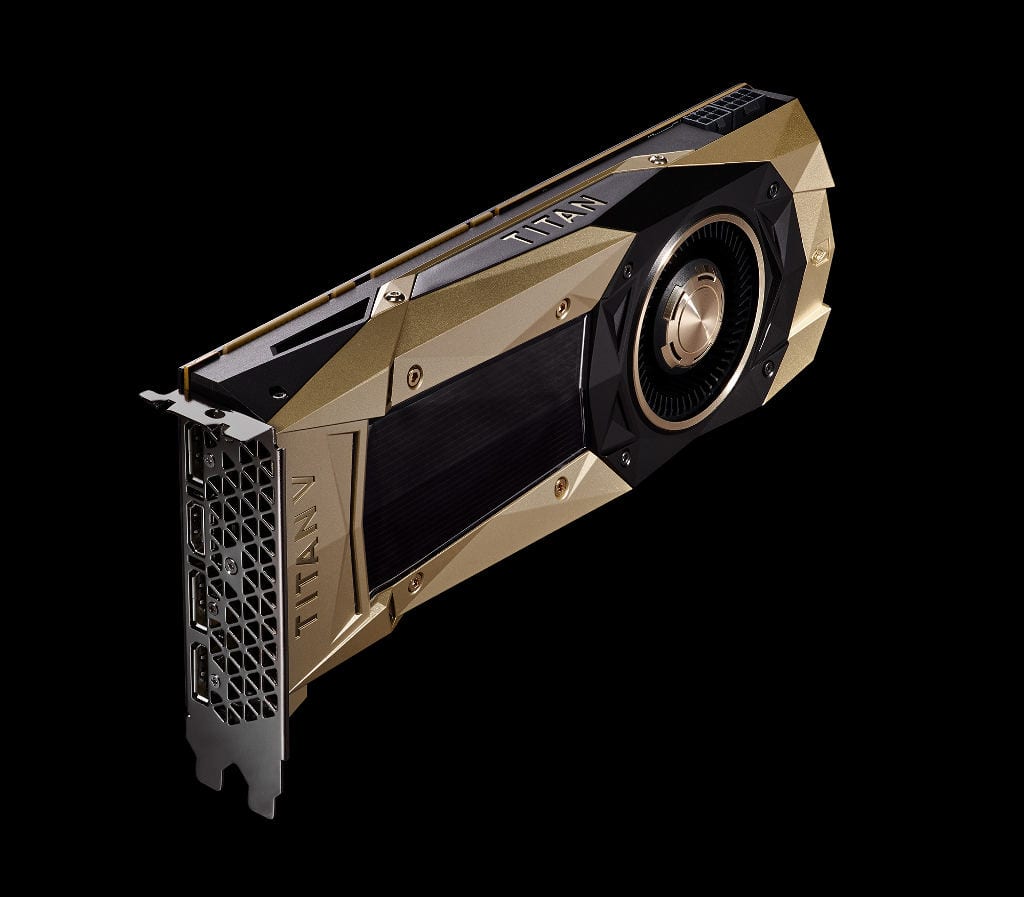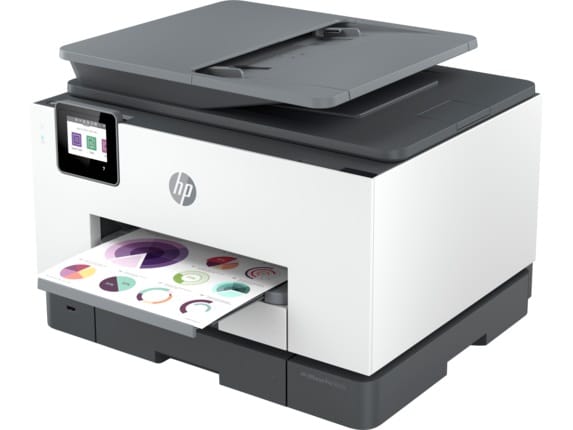3D printing technology has already shown the world that a fairly small desktop appliance can pop out a number of elaborate items. However, it has been limited to certain materials. Metal 3D printing has historically been cost prohibitive, but now the cost of it has fallen to 1/20th of what it used to be thanks to Desktop Metal.
Funded by GE Ventures, GV (formerly Google Ventures), Techtronic Industries (the owner of Ryobi, Milwaukee, Homelite, among other brands) among others, the Burlington, Massachusetts-based company claims that their 3D printer — slated for production in 2019 can print 100 times faster than conventional laser-based designs with the help of Single Pass Jetting (SPJ) technology.
The Single Pass Jetting technology is bidirectional and can achieve speeds of up to 8200 cubic centimeters per hour. It has a build area of 330 mm wide, 330 mm high, and 330 mm deep.
According to Desktop Metal:
“Single Pass Jetting is bi-directional. We combined all the necessary steps for printing so that whenever there is movement, there is printing. Two full-width print bars containing over 32,000 jets work in conjunction with powder spreaders to spread powder and print in a single quick pass across the build area, jetting millions of droplets per second.”
This results in the ability to 3D print metal parts in a matter of minutes, instead of hours. This is a step towards rivaling the speed of assembly line manufacturing, which transports items along a conveyor belt to different points for the various stages of assembly.
I’ll go out on a limb and say that this will likely lead to the construction of your own utensils, car parts, tools, among numerous other things in your own home (eventually, if the cost goes down enough, and there is a significant chance it will).
Regarding the broader implications of 3D printing metal — People may one day be able to take over the manufacture of their own goods and just buy designs to load in their printers. There are also significant political implications, as the manufacture electronics, tools, weapons, among many other things will eventually be possible without multi-billion dollar manufacturing facilities.
New technologies of this nature will make it more difficult to enforce regulations on prohibited equipment, and export restrictions to embargoed countries, as every country will get their hands on these printers eventually.
Other implications of metal 3D printing include the ability to generate prototypes cheaply, as prototyping has historically been obscenely expensive (many thousands to millions of dollars), especially in the case of electronics, automobiles, and similar complex technologies.
The construction of prototype electronics and automobiles has also been slow. Cheaper metal 3D printing means that the development of new, advanced technologies could occur far more quickly and easily, helping to solve pressing issues. Researchers may soon pop out multiple new wind turbine alternator designs for testing on the fly, helping them pinpoint the solution to our energy future that much faster. Or they may be able to pop out new medical equipment, so they can resolve life-threatening illnesses faster.
Desktop Metal’s 3D printers are sold for prices ranging from $49,900 to $120,000 for the Studio. Markforged is also manufacturing a $125,000 Metal X kit (including the printer, ash station, and sinter). I’m sure that this competition will help to drive prices down over time as they improve their technologies to keep up with each other.









